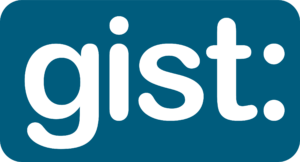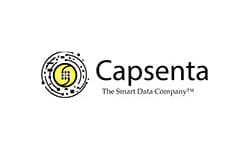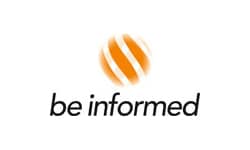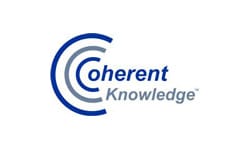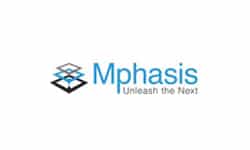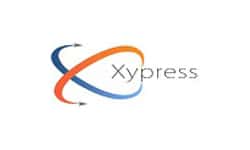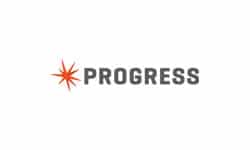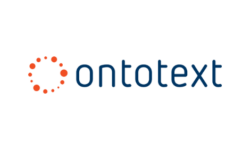Semantic Arts exists to shepherd organizations on their Data-Centric journey.
Our core capabilities include:
• Semantic Knowledge Graph Development and Implementation
• Legacy Avoidance, Erosion, and Replacement
We can help your organization to fix the tangled mess of information in your enterprise systems while discovering ways to dissolve data silos and reduce integration debt.
What is Data-Centric?

Data-Centric is about reversing the priority of data and applications.
Right now, applications rule. Applications own “their” data (it’s really your data, but good luck with that). When you have 1,000 applications (which most large firms do) you have 1,000 incompatible data silos. This serves to further the entrenchment of legacy systems, with no real motivation for change.
Data-Centric says data and their models come first. Applications conform to the data, not the other way around. Almost everyone is surprised at the fundamental simplicity, once it’s been articulated.
It sounds simple, but fifty years of “application-centricity” is a hard habit to break. We specialize in helping firms make this transition. We recognize that in addition to new technology and design skills, a major part of most projects is helping shepherd the social change that this involves.
If you’re fed up with application-centricity and the IT-fad-of-the-month club, contact us.
Read More: What is Data-Centric?
What about those legacy systems?
The move to a more data-centric architecture requires thoughtful planning. Early phases look more like a surgical process of dealing with legacy applications in a way that realizes quick wins and begins to reduce costs, helping to fund future phases. Usually, it looks something like this:
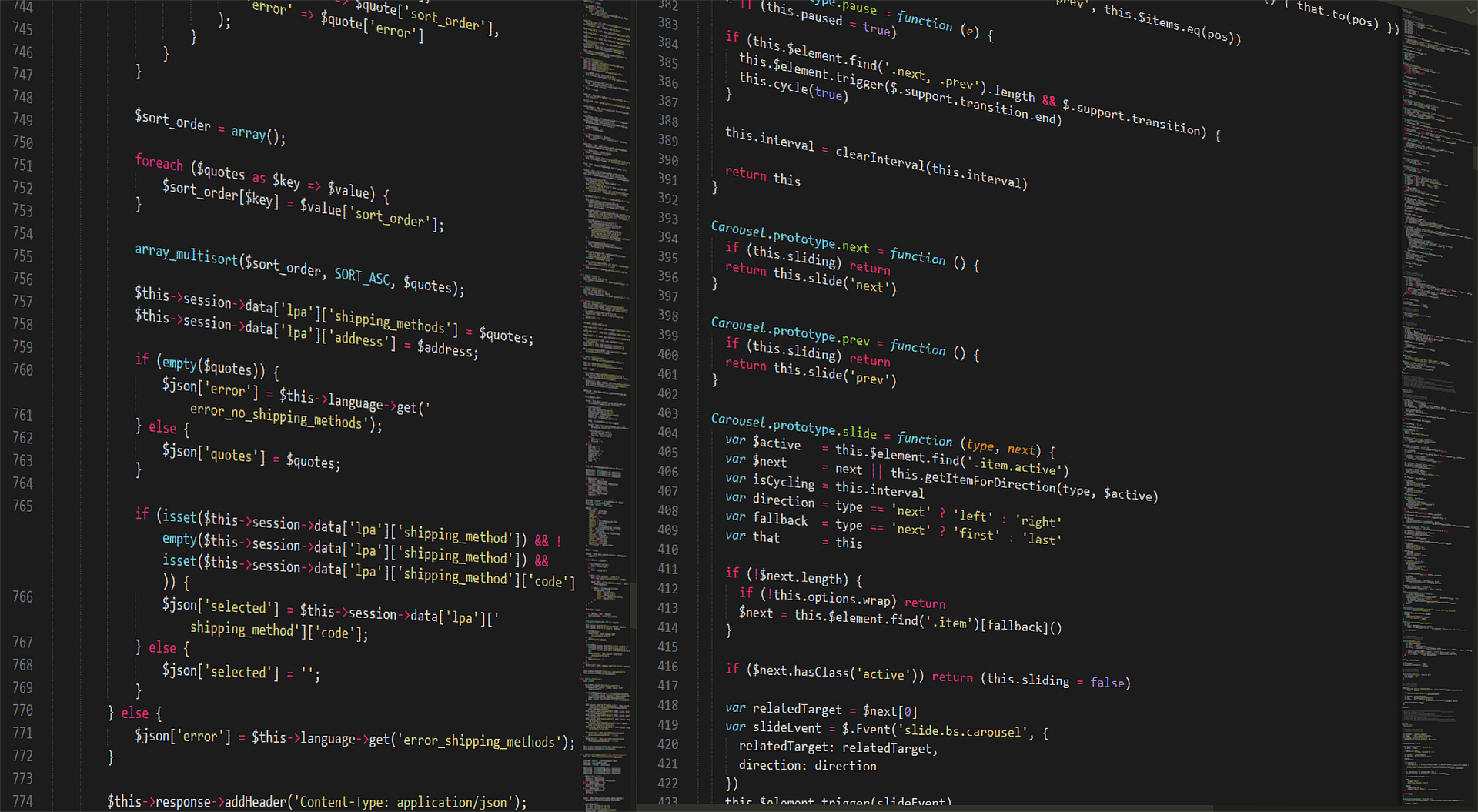
-
Legacy avoidance: The recognition that a firm has slowed down or stopped launching new application systems projects, and instead relies on the data that is in the shared knowledge graph.
-
Legacy erosion: Occurs when firms take use cases that were being performed in a legacy system and instead implement them directly on the graph. Rather than wholesale legacy elimination (which is hard), this approach allows the functionality of the legacy system to be gradually decommissioned.
-
Legacy replacement: Once enough of the data, functionality, and especially integration points have been shifted to the graph, legacy systems can be replaced. Not with “legacy modernization” systems, but with lightweight standalone use cases on the graph.
Read more: Incremental Stealth Legacy Modernization
-
ABOUT US
<p>Learn more about our mission, our history, and our team.</p> -
THOUGHT LEADERSHIP
<p>See how we are leading the way towards a data-centric future, and those who have taken note.</p> -
PROBLEMS WE SOLVE
<p>Discover how we can help you along the journey.</p>
Taking a different path STARTS NOW. Become Data-Centric to simplify and enhance your enterprise information landscape:
5 Business Reasons for Implementing a Knowledge Graph Solution
1. Comprehensive data integration
2. Contextualized knowledge discovery
3. Agile knowledge sharing and collaboration
4. Intelligent search and recommendation
5. Future-proof data strategy
Integrating semantic capabilities into enterprise business processes has been the foundational shift that organizations such as Google, Amazon, and countless others have leveraged. The results are tangible: increased market share and revenue, lower costs, better customer experiences, reduced risks, and the promotion of innovation.
Semantic Arts’ professional services deliver true solutions (not gimmicks) for current and future information management challenges.
FROM OUR BLOG
Washington State: SOA Design
Washington State: SOA Design The long-range plan at L&I called for organizing their future application initiatives around shared services and shared messages on a message bus. In this project we created detailed requirements specs for the dozen major shared services and created an inventory of the key messages they would need to form the backbone...Continue reading→
Washington State: Secretary of State
Washington State: Secretary of State We were engaged to perform a feasibility and requirements study for the Corporations and Charities Division of the Office of the Secretary of State. In our proposal we included developing a semantic model to help clarify the feasibility and requirements. Another key part of the requirements was to examine some...Continue reading→
Washington State: Entity Identification
Washington State: Entity Identification We were retained to help with this two-pronged project. One prong was to create a feasibility study to determine whether collecting additional data from employers would aid in targeting workplace safety inspections. The other half of the project was to do a high-level redesign and feasibility study on how they were...Continue reading→
Washington State: Enterprise Ontology
Washington State: Enterprise Ontology The Employment Security Division (ESD) manages Unemployment Insurance and Claims and have a very active program to help people get back to work. We were engaged to help them determine a strategy for integrating into what had become three major systems all geared toward getting out-of-work workers back to work. One...Continue reading→
Investment Bank Case Study: Records and Retention Management
Investment Bank Case Study: Records and Retention Management This major investment bank was found in contempt of court and massively fined for their incoherent approach to records and retention management. Up to this point the prevailing approach had been to allow data stewards to tag documents and systems with record classification information to aid in...Continue reading→
Investment Bank: Data Meaning
Investment Bank: Data Meaning Have you ever read an analyst’s report? They are full of strange turns of phrase. The phrase “we continue to overweight [stock x]” is not a reference to obesity or a lack of a weight watcher program, it means they like this stock. “… will continue to face headwinds” is not...Continue reading→
International Monetary Fund
International Monetary Fund The IMF works to achieve sustainable growth for its approximately 200 member countries. It carries out missions and loans funds to execute projects for the member countries. The countries’ financial situation is measured and tracked using a wide variety of economic indicators. The challenge: Information is stored in a wide variety of...Continue reading→
Dun & Bradstreet
Dun & Bradstreet Dun & Bradstreet sell data about company’s credit worthiness and their contact information. Every dataset and every API is its own “product” complete with its own metadata. With this approach for managing information comes excessive complexity. They did a massive analytic project to inventory all the elements that were part of at...Continue reading→
Chemical and Science Manufacturer
Chemical and Science Manufacturer Capturing interrelations of information for relevance can be difficult, even with NLP. More often companies will seek to work in taxonomy space in their journey toward richer implementations of knowledge graphs for automation adoption. Our consulting services leveraged this approach to provide a foundation stepping stone as the company sought to...Continue reading→
Major Credit Card Processor
Major Credit Card Processor In their migration to the cloud, this Credit Card Processor turned full-service bank, decided to tackle the problem that many large firms face – achieving an integrated view of their customer. We helped them define, semantically, what characteristics made someone a customer. It turned out that each part of the business...Continue reading→
gist: 12.x
gist: is our minimalist upper ontology. It is designed to have the maximum coverage of typical business ontology concepts with the fewest number of primitives and the least amount of ambiguity. Our gist: ontology is free (as in free speech and free beer–it is covered under the Creative Commons 3.0 attribution share-alike license). You can use as you see fit for any purpose, just give us attribution.

